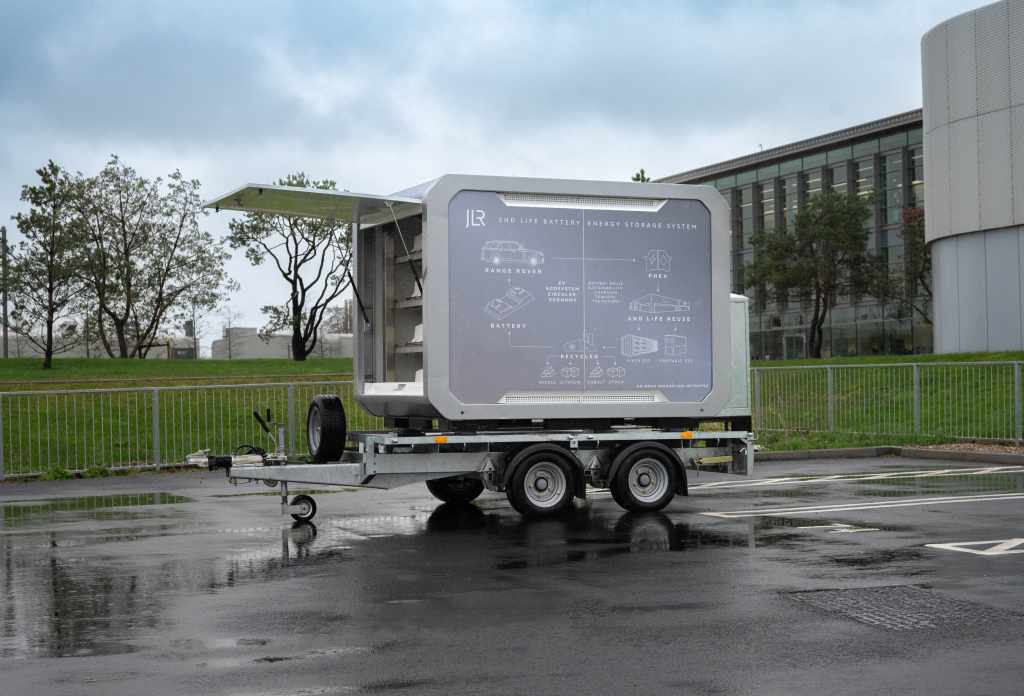Continuing just-auto’s series of interviews with leading manufacturers of occupant restraints systems, Matthew Beecham talked with Dr Swen Schaub, senior manager, Engineering Strategies & Communications for TRW’s OSS (Occupant Safety Systems) business.
Curtain airbags have been brought into greater focus since the recent US legislation regarding occupant ejection mitigation. In terms of innovation, how has TRW responded?
The US legislation regarding occupant ejection mitigation underscores the importance of a number of airbag technologies designed to help keep occupants inside the vehicle. TRW has developed a range of curtain airbag technologies that help mitigate the risk of occupant ejection. For example, TRW offers its one piece woven (OPW) curtain designs that include a unique X-Tether technology: due to this advanced design approach the stiffness of the inflated bag cushion can be increased to mitigate the risk of occupant ejection. With the X-Tether OPW cushion technology, the inflated chambers of side curtain airbags will be designed in a seamless way, allowing the curtain airbags to be easily tailored to specific vehicle geometries.
Other key enablers include technologies such as cold gas and hybrid inflators that when combined with advanced bag coatings can assist in keeping the curtain airbags inflated for several seconds.
Adaptive front airbags have been with us for some time. What is different about your latest generation adaptive airbag?
See Also:
Adaptive occupant safety technologies began with the introduction of dual stage inflators over a decade ago and have progressed to include not only factors such as deployment force, but also the bag geometry, stiffness and shape as the bag deploys. TRW’s next generation adaptive airbags combine all of these elements to help enhance the safety of occupants according to their size, the speed and force of the crash, occupant position, belted versus unbelted and more. We anticipate that this next generation of airbags will be ready for production by 2013.
How well do you really know your competitors?
Access the most comprehensive Company Profiles on the market, powered by GlobalData. Save hours of research. Gain competitive edge.

Thank you!
Your download email will arrive shortly
Not ready to buy yet? Download a free sample
We are confident about the unique quality of our Company Profiles. However, we want you to make the most beneficial decision for your business, so we offer a free sample that you can download by submitting the below form
By GlobalDataCould you explain TRW’s SAVe active venting system, how it works and what it aims to achieve?
TRW’s production SAVe active venting system adapts to the position of the passenger and will soften the airbag through supplemental vents in the airbag module to allow some of the gases to be expelled when the passenger is in closer proximity to the airbag when it deploys (out of position occupant).
In what ways are TRW’s ‘green’ driver airbag modules different from those using conventional oil based materials?
TRW has developed a new range of driver airbag modules where the airbag cover and retainer plate are made of regenerative plastic material, which offers a number of environmental benefits.
Firstly, this material reduces the vehicle’s “interior emissions” – the gases that are released at low levels from new materials, particularly at high temperature. Reducing such emissions is now a key focus, with leading vehicle manufacturers specifying emissions limits for target compounds released from trim materials. In addition, a significant proportion of the carbon in the new plastic material comes from regenerative raw materials, which helps to save fossil resources.
What is the future for this type of bio-based material in driver airbags?
The plastics sector has evolved significantly in recent years and with the greater focus from the automotive industry on sustainable products and the environment, greener technologies such as bio-materials are high on vehicle manufacturers’ agendas. Our customers are already showing strong interest in this new technology. We anticipate that the technology could gradually replace all conventional oil based materials in driver airbags in the coming years.
The remainder of this interview is available on just-auto’s QUBE research service





